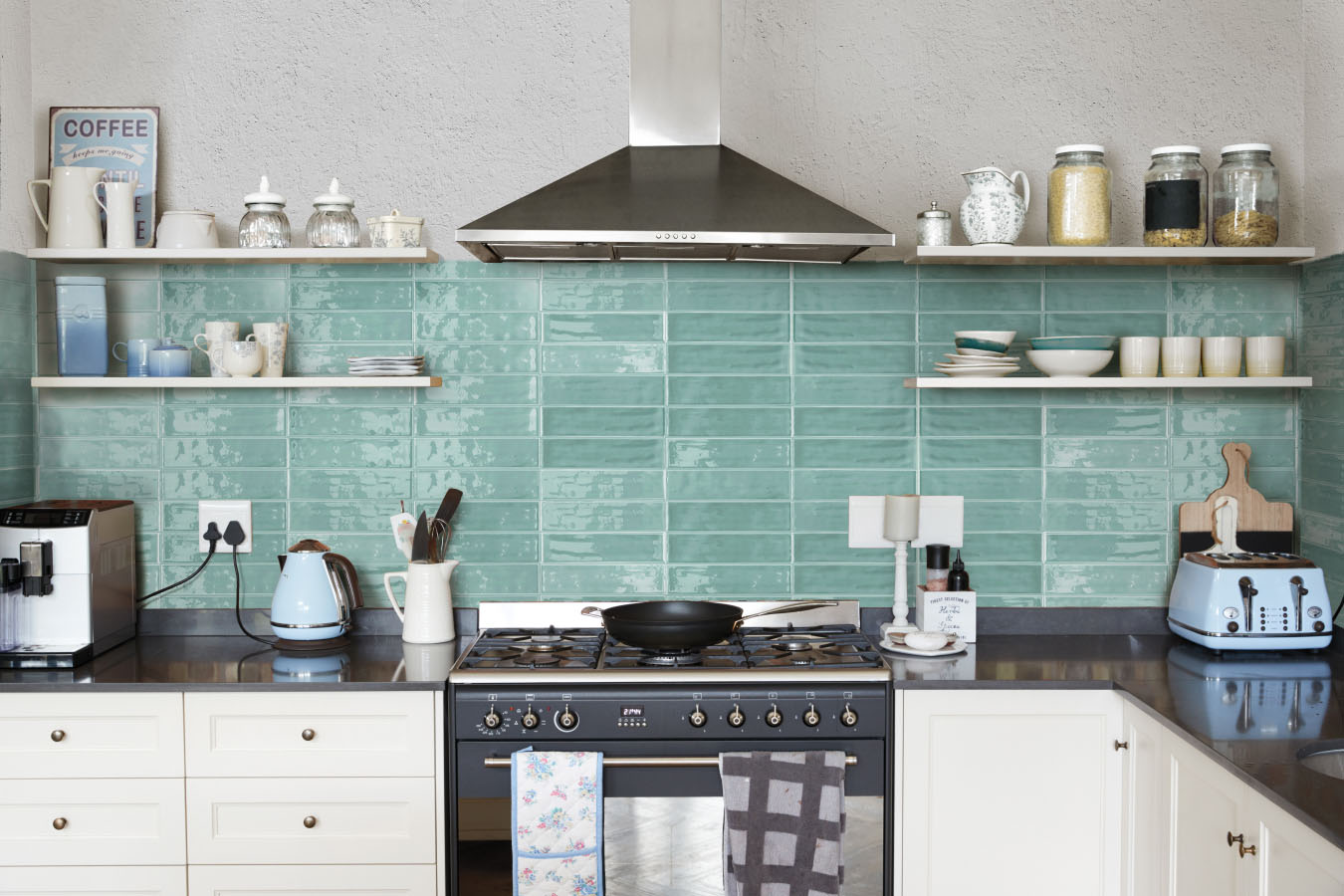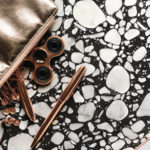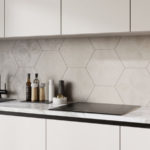Your kitchen – the heart of the house, the center of things and the room from which the amazing and appetizing aromas are spread! You have long wanted to equip the kitchen with another “spice” – design, impressive and one that will breathe new life? We are happy to offer you ceramics for the kitchen!
Before you go into the kitchen to cook a delicious meal for your family, you pick up great recipes. And before cladding the kitchen walls with ceramic? You need a concise and relevant guide to choosing ceramics. Here is a brief explanation of the purpose of the ceramic in the kitchen and how to purchase it wisely.
The contribution of ceramics to your home kitchen
Kitchen ceramics contribute to you in 2 things:
The overriding purpose of the ceramic is to cover the kitchen wall, and prevent the contact of steam / water / oil with the wall. Your home kitchen is considered a “wet room”, one that has steam. Without covering the wall, the steam (which naturally rises from your pots during cooking) may be absorbed and wetted. Concern: There is a very high probability of mold formation.
Second, ceramics add flavor and color to your kitchen! Instead of the wall being exposed (usually, painted in white that does not contribute to design), you can add tiles that will illuminate the kitchen, design it and even contribute to the joy of your cooking.
Ceramics for the kitchen
Tip number 1: How would you like your kitchen to look?
Our recommendation to you is to simply ask yourself in the simplest way: “How do I want my kitchen to look?”. There is a wide range of ceramic tiles for kitchen wall cladding – from smooth to painted tiles, with Greek elements to vintage. It is important to know that ceramics do not contribute to the design of the kitchen, but to a large extent it dictates the design line in it.
Another thing: it is important to create a correct and harmonious match between the current design of the kitchen (the color and style of the cabinets and handles / style and color of the electrical appliances) and the new ceramics. For example: if the kitchen is designed in a country style in a certain color, it is important that the ceramics correspond with the existing elements.
Choosing ceramics for the kitchen
Tip number 2: Order samples of several styles
Are you torn between white ceramic and black ceramic? Are you having a hard time deciding whether to go for hexagonal or rectangular tiles? Order samples! We are aware that impression based on images can be a bit problematic. Another thing we are aware of is that there is a desire to touch the material and see it with the eyes. Therefore, always ask the store if it allows you to order samples of ceramics to your home or office at no cost.
Tip number 3: Learn the properties of the tiles
Does your choice of ceramics rely mainly on the appearance and design of the tiles? Just before you choose tiles and order them, it is highly recommended to learn their features. What is important to check?
Tile size (each tile is offered in a different size)
The finish – matte or glossy
Recommended rifle (example: acrylic)
Type of edges (example: rounded)
Absorption level (give priority to low level)
Recommended glue
And perhaps the most significant thing for many – the level of cleanliness (light and material in space like a kitchen)
Tips for choosing ceramics for the kitchen
Tip number 4: Order more ceramics than you need
Did you measure, check and count the number of tiles you need to cover the kitchen wall with ceramic? excellent. Now, add another 10% ceramic to the amount you received. why?
Most often, it is necessary to cut certain tiles while gluing them. The addition of tiles – essential.
Did a tile fall and break for the professional who applies the cladding? Nothing happened – you have more tiles.
You should always have spare tiles in the warehouse (to replace an existing tile / addition in the kitchen and so on).
Why should you pay attention when choosing a kitchen wall cladding?
Anyone who is planning to renovate their old kitchen, knows that one of the most difficult dilemmas, is choosing a kitchen wall cladding. Keep in mind that the kitchen is considered one of the most important rooms in the house, since it is the room where the members of the house usually meet, cook together and pass on experiences. ‘
Beyond replacing the outdated cabinets and investing in quality marble, a designed sink and special faucets, it is necessary to pay attention to the wall cladding. This is one of the most important factors in kitchen design, as the wall cladding creates the overall tone in the room space and significantly influences the design style.
Kitchen wall cladding – what is important to know in the field?
It is important to know that today you can find a wide variety of different wall coverings, which can fit into your kitchen walls. Each of the wall coverings has its advantages and disadvantages, so it is important to know them in depth, before deciding on a particular type. For example, one of the most common and recommended wall coverings is brick wall cladding.
These are actually special bricks, which can come in a wide variety of different designs, sizes and shapes. There are special bricks designed for cladding a kitchen wall, since they are resistant to moisture and do not require special maintenance. The bricks can be cleaned easily, without the need for special cleaners. The main advantage of the bricks is their thin thickness, which reaches only 1 cm. As a result, it is a lightweight wall cladding that can be applied quickly and efficiently.
Kitchen wall cladding
Kitchen wall cladding – what is on the market today?
One of the most common wall claddings is cladding made of thin natural stone, which comes in the form of a brick. This is an ideal product for kitchen wall cladding, as it comes with ready-made glue on the back. It can be glued to the kitchen walls independently, without the need to order a professional. This cladding comes in an extremely thin thickness of 1-2 mm and its size can be adjusted to the desired size, since it can be cut by sharp tin scissors.
Many people choose this cladding, as it can be applied independently and does not require prior knowledge or experience in the field. You should also be familiar with the option of cladding a kitchen wall using glass. It is also a popular product, thanks to its classic look. But it is important to know that this is a heavier cladding, which requires at least two professionals for its application. It is also a more expensive and less durable cladding, so this should be taken into account.
Kitchen wall cladding
What other kitchen wall coverings should you be familiar with?
Beyond the claddings mentioned earlier, it is worth knowing the option of cladding a kitchen wall using marble. This is a popular and common solution, since the marble of the sink can be matched to the marble of the wall cladding. In this way, it is possible to create a harmonious and ideal design in the room space, but keep in mind that this is a more expensive cladding, relative to the other options. Beyond that, you should be familiar with the thin slate tile cladding, which is especially suitable for cladding over marble.
The tiles can be ordered in any desired size, which allows to create a more harmonious and aesthetic look. This is a natural product, which explains the slight differences between the different tile colors. These tiles may be more difficult to clean, due to the roughness that characterizes them. Also, do not forget the ceramic or porcelain cladding, which characterizes quite a few kitchens in the country. It is recommended to consult professionals, in order to choose the most suitable wall cladding for you.


